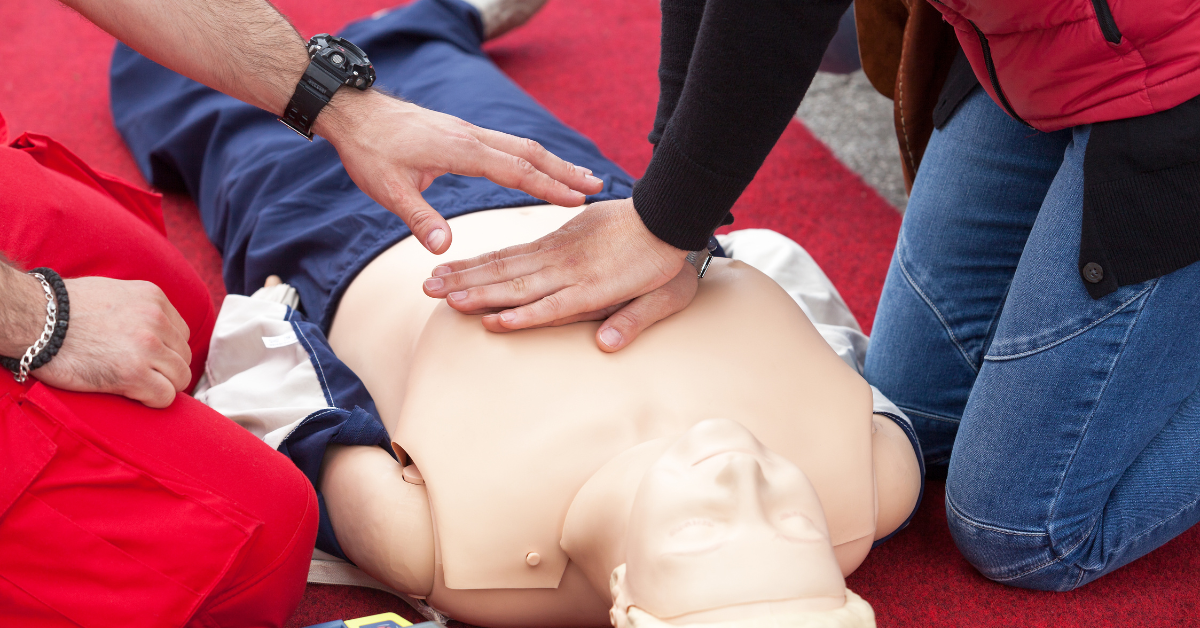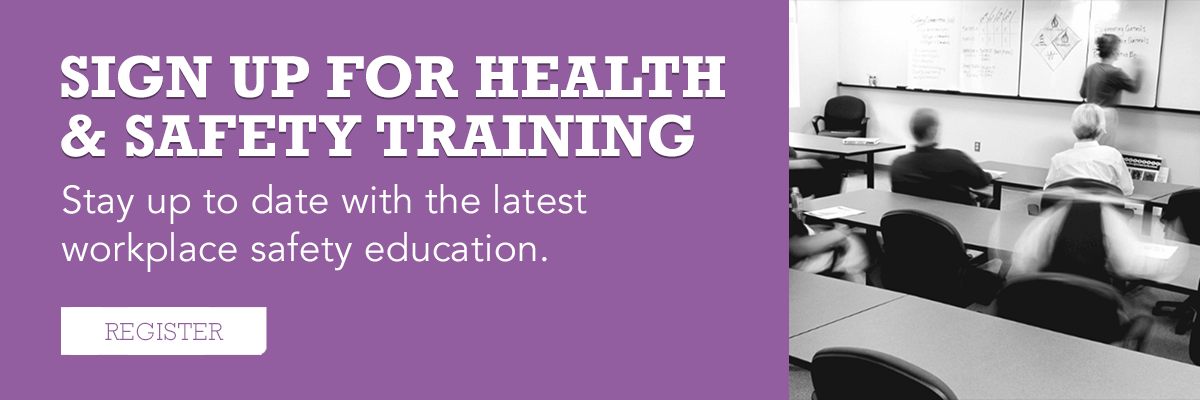“More than 356,000 people have an out-of-hospital cardiac arrest (OHCA) in the United States every year” (CDC, 2023). When this type of emergency occurs, the individual needs immediate lifesaving care. If they are fortunate, they will be one of the 40% of people who experience OHCA that receive immediate help before professional responders arrive. For every minute that passes without this immediate help, the person’s chance of survival drops by 7-10% (National Library of Medicine, 2007).
It was December 30th of 2023 and Michael Clark was starting his day off as he often would when on call for his job as a Surgical Technologist and First Assistant at Concord Hospital-Laconia. He had wrapped up his early morning gym routine and was stepping into the shower when he began to feel dizzy, but in a way he had never experienced before.
“I took my pulse, and it was racing. I still had no idea the danger I was in,” Michael described. He stepped out of the shower, beginning to feel worse. “The last cognitive thought I had was that I needed to tell my wife something was terribly wrong.” Michael collapsed.
What happened next would have happened very quickly, even if it felt much longer for those immediately responding. Fortunately for Michael, the following actions resulted in his life being saved by some of the people who he loves most.
Michael’s daughter was home from college and heard him collapse from a nearby room. She alerted her mother and together they went to check on him. They found Michael lying on the floor and gasping for air, a sign of cardiac arrest. His lips were turning blue. They called 911 and Michael’s daughter began providing high-quality CPR, meaning CPR with compressions of at least 2 inches depth for an adult. These compressions would break Michael’s ribs and sternum, but would also be what would help save his life. She continued to provide high-quality CPR until Emergency Medical Services arrived 10 minutes later.
An Automated External Defibrillator (AED) was used to deliver a shock to Michael, in an attempt to return his heart rhythm to normal.
“I was given one shock, and it didn’t take. They resumed CPR for 2 minutes until I came around,” Michael retold the events that transpired while he was unconscious. He had experienced ventricular fibrillation, the most frequent cause of sudden cardiac death.
On this day, Michael joined the 10% of people who survive an OHCA event through discharge from the hospital, and the even smaller subgroup of people who do not suffer cognitive impairments. Michael received an internal defibrillator/pacemaker on January 2nd and was able to return to work 6 weeks later.
He still does not know what caused his ventricular fibrillation on that day, but he does know that he was incredibly lucky.
“All I know is that I defied all odds. [Ventricular fibrillation] kills without prejudice, and is the most lethal of all malignant arrhythmias,” he shared.
Michael survived his cardiac arrest as a result of the immediate actions taken by his daughter and wife. However, not all who experience this type of emergency are so fortunate. The American Heart Association (AHA) states that only about 40% of people who experience OHCA receive this type of immediate care (AHA, 2023). To improve this statistic, The AHA and other survivors like Michael encourage people to be trained in how to provide CPR. “High quality, hands-only CPR gives the arresting victim up to a 3x greater chance of survival. In my case, it gave me not only survival, but it gave me my life back,” Michael concluded.
I would like to thank Michael for speaking with me for this article and allowing me to share his story.
Additional Information:
Did you know that The State of New Hampshire offers a program that provides reduced pricing of AEDs across the state? Click here for more information.
Are you interested in making CPR/AED & First Aid Training available to employees? There are a variety of training options and providers available across the state. The Lawson Group has instructors trained through The American Heart Association and offers training options for onsite (at client locations), as well as our monthly in-house trainings, available on our website. Please contact dhavener@thelawsongroup.com for more information on training offered by The Lawson Group.
Sources Used:
Centers for Disease Control and Prevention (2023). Cardiac Arrest. Retrieved From https://www.cdc.gov/heartdisease/cardiac-arrest.htm
National Library of Medicine (2007). Recent advances and controversies in adult cardiopulmonary resuscitation Retrieved From https://www.ncbi.nlm.nih.gov/pmc/articles/PMC2600120/pdf/649.pdf
The American Heart Association (2023). Heart Disease and Stroke Statistics – 2023 Update: A Report From The American Heart Association Retrieved From https://www.ahajournals.org/doi/epdf/10.1161/CIR.0000000000001123








